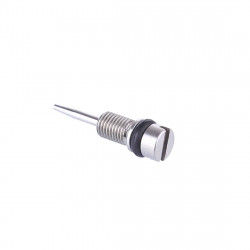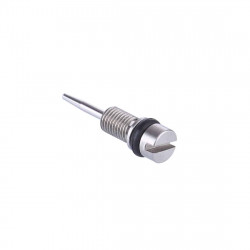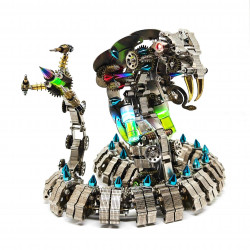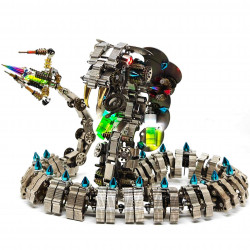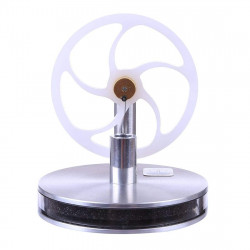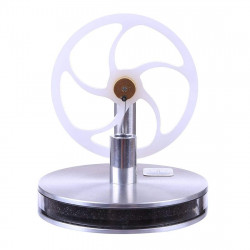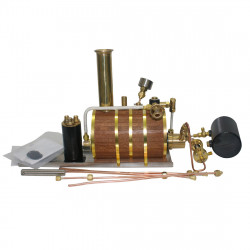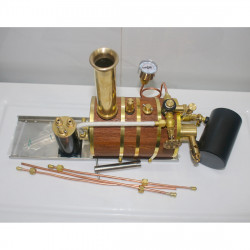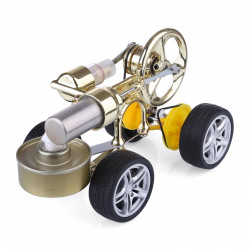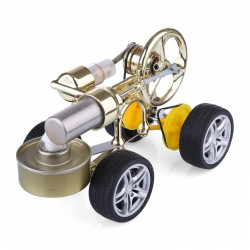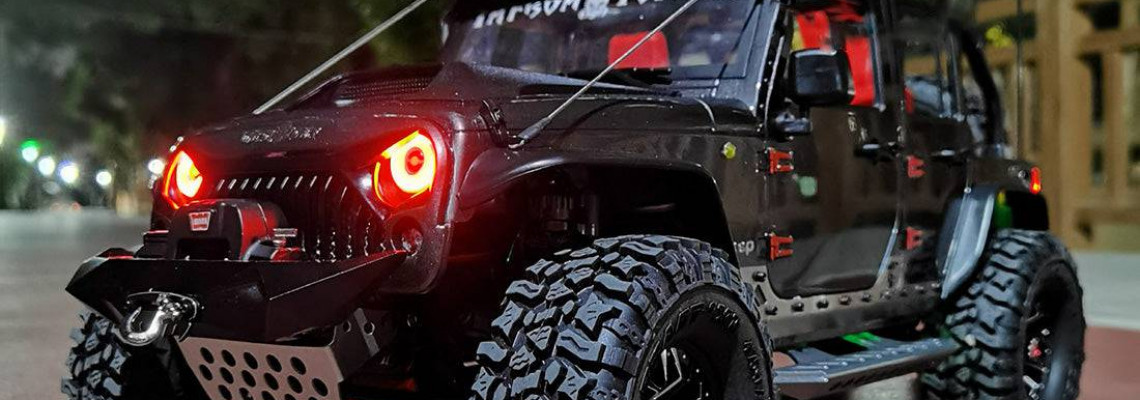
Finding The Best RC Drift Car For You
Greetings from the RC drifting world! You've arrived at the ideal location if you're looking for the best remote-controlled drift car. To get started, let us assist you in locating the ideal RC drift vehicle.
What makes a Drift chassis?
In their most basic configuration, RC drift cars need a chassis with high steering angles and a significant rear weight bias. The additional steering angle allows the rear end of the vehicle to slide out just before a turn, and the driver can manage the slide through the entire bend.
The steering angle is not as crucial for chassis that are not designed for drift. While these RC cars can be entertaining when driving sideways, they may not be able to handle greater drift degrees.
What about drift tyres?
Asphalt, polished concrete, carpet, and VCT-tile are the most often drifted surfaces. For the finest sideways action on each, a particular tyre formula is needed.
Are you prepared to think outside the box or create your own entertainment?
Ready to Run (RTR) RC Drift Cars: A Great Place to Start
RTR models are an excellent option for novices. They come with the majority of the components you need, so you can start playing right away.
Best Budget RC Drift Car: Yokomo RD1.0 RTR
For those on a tight budget, the Yokomo RD1.0 is the best choice. This comprehensive package streamlines body painting, RC equipment installation, and chassis assembly, addressing the typical problems that novices face. This kit meets the demands of both beginners and aspiring drift pros by providing the ideal solution for maintenance, tuning, and exhilarating drift experiences, regardless of your level of competence. You only need four AA batteries to operate this RTR platform.
Popular RC Drift Car: MST RMX 2.5 RTR
With so many body possibilities, the MST RMX 2.5 RTR is a popular choice for people just beginning their RC drifting adventure.
Unassembled RC Drift Kits: For the More Experienced
Consider purchasing a kit if you already own some RC gear. This gives you the freedom to select the electronics and other parts that you want.
#1 RC Drift Kit: Yokomo MD 2.0 Drift Car
The Yokomo MD 2.0, regarded as one of the best, must be the most advanced, ground-breaking, and fully equipped drift chassis to leave Japan. Although slightly more costly, it is a good purchase for professional RC drifters because it is made to provide a driving experience unlike any other.
Top Budget Competition Drift Kit: Yokomo SD 2.0
The Yokomo SD 2.0 is a popular option for a more affordable competition drift kit. This chassis is excellent for drivers of all skill levels, with many tuning options to explore. For drivers looking to advance with a chassis, this is a fantastic place to start.
Micro RC Drifting: A Fun Alternative
Another fascinating field with excellent RTR models is micro RC drifting. The Kyosho Mini-Z and the UDI RC 1/16 On-Road RC vehicles are the best affordable models.
Types of RC drift cars:
There are numerous chassis options for RC drifting. The finest drift car chassis is determined by factors like motor placement within the chassis and whether the vehicle has 2WD or 4WD. The HPI Racing Sprint 2 Drift car helped 2WD RC drifting gain popularity in the early 2000s. In the early 2000s, 4WD drifting gained popularity thanks to the Yokomo Drift Package Type-C. Modern RC drift cars were made possible by these early drift chassis, which lacked many of the comforts we take for granted today. To make sure drift aficionados receive the optimal drift car for their driving style, driving surface, and budget, we put together this list to help explain how each chassis type works.
2WD Chassis:
Numerous features on the 2WD drift chassis let drivers customize the chassis' handling. Compared to a 4WD drift car, these chassis' Rear-Wheel-Drive (RWD) capabilities enable a more realistic-looking drift. The location of the motor within the chassis is a crucial choice for a 2WD chassis. Specific chassis will have a rear motor, a mid-motor with various mounting locations, or a front motor. Every chassis variation has a distinct feel and provides a strong foundation for learning and development.
4WD Chassis:
4WD drift cars operate by holding a controlled powerslide around a bend. Usually, the motor is positioned in the centre of a shaft-driven chassis. On specific performance chassis, the rear drivetrain employs a ball differential or a locked axle, while the front drivetrain uses a ball or gear differential. For highly competitive drift tracks, it cannot be easy to maintain acute drift angles, but these chassis are excellent for general enjoyment.
Motor Placements:
Front Motor
A driveshaft is frequently used to connect the motor to the rear end of a front motor drift chassis, which places the motor between the front tyres.
Mid-Motor
The motor is positioned more centrally within a mid-motor chassis, usually in front of the rear shock tower. With the motor in this position, the chassis swings out more into the turn on the first slide, and extra rear weight can be added.
Rear Motor
These vehicles have improved rear-end traction and stability due to the motor being positioned behind the back tower, which makes drifting smoother and more manageable.
